Pests are not all bad; there are also many beneficial pests!
In the past year, a substantial 76% of homeowners in the United States have found themselves struggling with pest issues. The top offenders were ants, rodents, mosquitoes, and spiders. But did you know that there are beneficial pests?
When we hear about pests, we can all agree that the only thing that crosses our minds is that some species directly conflict with our day-to-day activities, and this is why we don’t want them around us and our homes. They destroy food, threaten our health, or damage structures and landscapes.
But even if we consider them dangerous and anxiety-inducing, there are some beneficial pests out there that help the plant maintain its balance. Read on and get ready to discover more about some of these species!
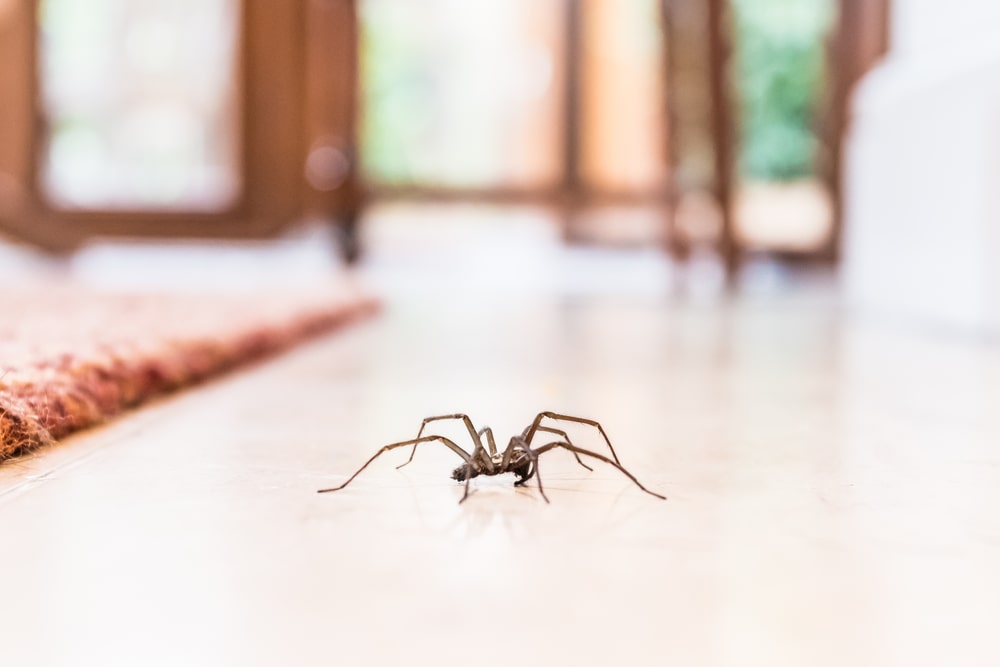
1. Spiders
Let’s start with the spiders, as they are one of the major culprits when we talk about pets in the United States. They have eight eyes and eight hairy legs, and some of them are poisonous. We can see why most people are afraid of them, but it is important to note that they are also one of the beneficial pests that help our ecosystem thrive.
As we all know, spiders eat other insects that they catch in their webs. This makes them the guardians of the crops, as they can control the crop-destroying insects. Also, their eating habits also decrease insect-borne diseases. With fewer predatory insects, people get bitten less often, and this is how spiders manage to protect us from various deadly diseases, such as malaria, which is mainly transmitted by mosquitoes.
Besides this, spider venom is used in medicine. First of all, venom is used for creating antivenom that can help with deadly spider bites. It can also aid in relieving pain and might be utilized for the treatment of strokes and muscle dystrophy.
As you can see, spiders are one of the most beneficial pests, and even if they are greatly misunderstood, they help us and the planet in many different ways.
2. Dandelions
Dandelions, often regarded as pesky weeds, actually have some surprising health benefits. We know that people tend to hate them because they stand in the way of having the perfect lawn, and they need to spend hours every week cleaning their yard, but dandelions are not as bad as they seem.
Maybe they are an invasive species, but on the other hand, we can consider them one of the beneficial pests that are amazing for our health and nutrition. Packed with folate, calcium, vitamins A, C, and K, and potassium, these so-called weeds offer us so much.
Even more, the whole plant, from flowers and leaves to roots, contains antioxidants that help our body defend against free radicals. Dandelions are also known to reduce inflammation and act as a natural diuretic. This helps control the blood pressure and reduce the cholesterol level, reducing the risk of type 2 diabetes.
Some even propose eating dandelions either raw or cooked as vegetables in a salad, drinking wine or tea, or roasting them in a coffee-like beverage.
3. Mosquitoes
Are mosquitoes one of the most beneficial pests? Yes, they are. We know it may sound crazy to some, but hear us out.
People hate them as they are a real threat to human health and pass on diseases such as West Nile virus, malaria, Zika virus, chikungunya, and dengue fever. This all happens during the feeding process when the female mosquito needs fresh blood to produce eggs.
However, the U.S. National Wildlife Federation still likes mosquitoes despite their blood-sucking tendencies, and they want to tell us that they are one of the most beneficial pests because they have huge contributions to the well-being of our ecosystem.
Believe it or not, these insects help with pollination because the male mosquitoes don’t feed on blood like their female counterparts; they feed on nectar instead. Surprisingly enough, certain wild orchids rely on mosquitoes as their primary pollinators.
Even more, the larvae of mosquitoes are one of the main feeding sources for the adults of the species and also for turtles, birds, dragonflies, bats, and hummingbirds.
4. Rats
These rodents are well-known for causing the bubonic plague during the Middle Ages, and today they are the most hated pest. So, they can cause disease, they can destroy stuff around your home, and they can eat your food. How can they be one of the beneficial pests, right?
Rats are incredibly intelligent—more intelligent than their smaller cousins, the mice—and because of this, they have been used in various experiments that have helped us make some of the most important discoveries.
Rats are being used in biomedical research to study cancer, overweight or obese individuals, cardiovascular disease, immune-related illnesses, and neurological disorders such as Parkinson’s, Huntington’s disease, and Alzheimer’s.
Also, since they are so intelligent and their psychology is pretty close to that of humans, they have also been used in behavioral experiments and neuroscience research. Rats can show pro- and anti-social behaviors. They can express fear, cooperation, care-taking, and competition or compassion, and this helped scientists conduct various experiments related to human behavior.
This scientific contribution is what makes rats one of the beneficial pests that have helped humanity advance.
5. Bats
These flying night creatures stay all day inside a cave and don’t interact with people, right? Yes, this is mostly true, but things change when bats enter your home. You don’t want them there, and besides being scary, they also carry 59 deadly viruses, all of which can be transmitted to humans.
Hopefully, we don’t usually just stumble upon bats, which means we are pretty safe. Now, we want to talk more about the reasons they are beneficial pests.
These animals play an important role in the global pollination process. If bats cease to exist, we can say goodbye to avocados, bananas, and mangoes. All of these fruits depend on bats.
Even more, bats are amazing at reducing the insect population, as they are one of their favorite meals. Most bats manage to consume their body weight in insects almost every day. This is their main source of food. As a result, they do an amazing job of protecting the crops of the farmers from invasive insects.
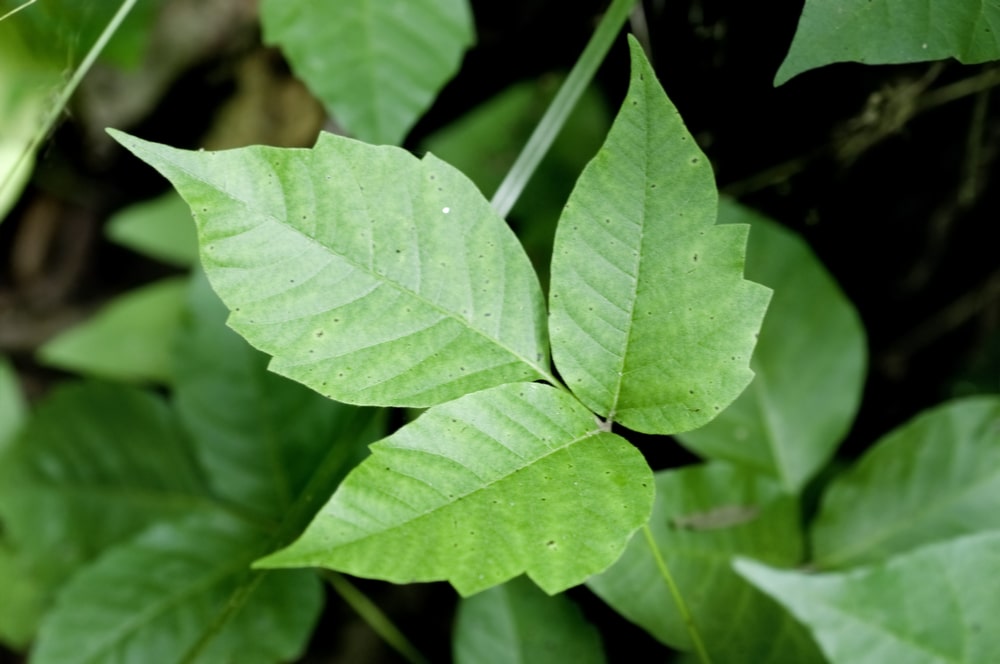
6. Poison ivy
Have you ever been in contact with poison ivy? If yes, you know about the rash it causes and the annoying itch that lasts for days. There are some people who are immune to the plant, but there are only a few; most of us will be affected if we touch it.
This plant, along with poison sumac and poison oak, contains urushiol. As soon as this compound touches the skin, it will bind to the proteins, and the body’s immune response will release histamines.
The continuous itching is caused by the body’s effort to rid itself of the perceived threat. Scratching the affected area might exacerbate the symptoms and perhaps even spread the urushiol, causing further irritation.
But this plant also has some benefits, which makes it one of the beneficial pests. Some bird species and the white-tailed deer eat it. Also, the plant’s sap is used to manufacture indelible ink.
If you want to learn more about lab rats and their history, this book might help you: The Lab Rat Chronicles: A Neuroscientist Reveals Life Lessons from the Planet’s Most Successful Mammal
You should also read: 14 Easy Sustainable Practices Recommended by Scientists




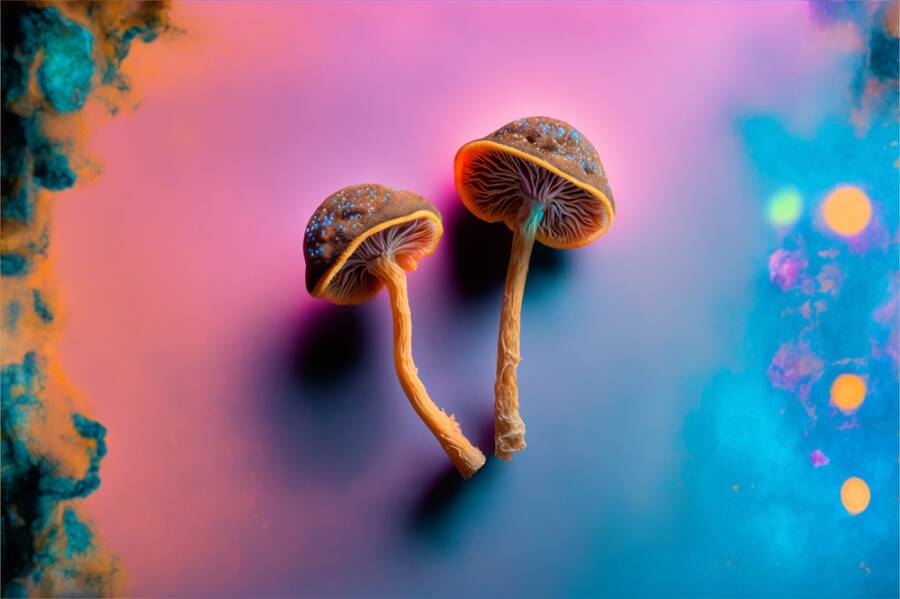



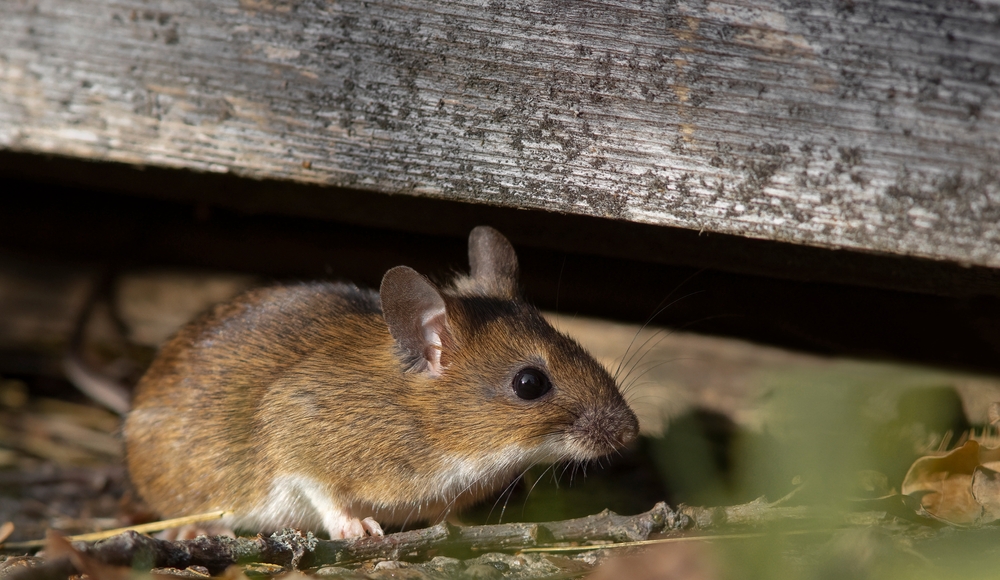




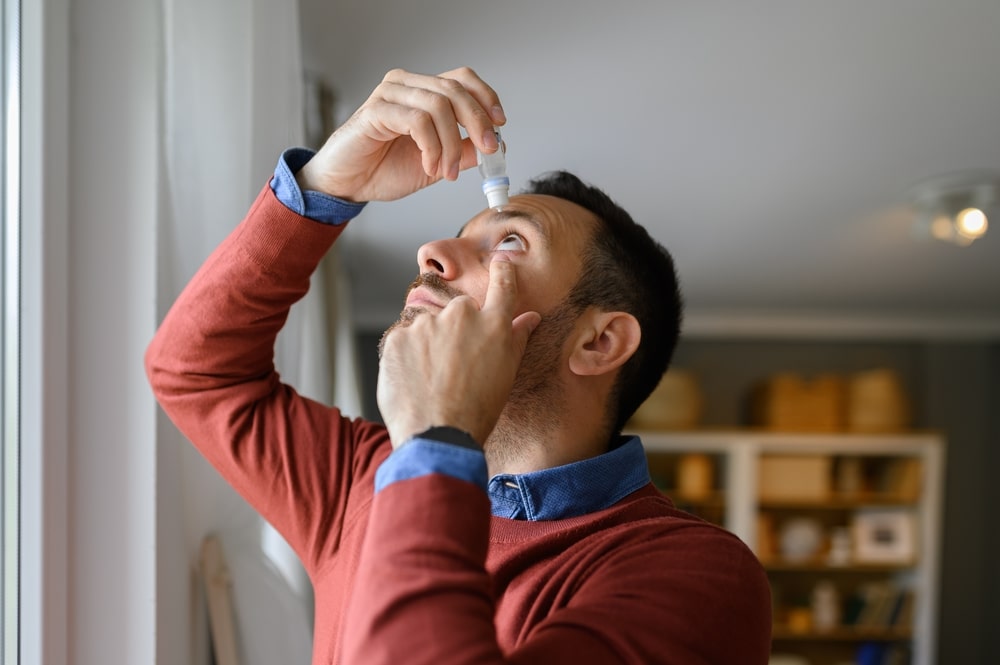

4 Responses
Very interesting and helpful information! Spiders freak me out but I usually catch them in a bottle and put them outside.
Biting Gnats:
Why is there not any thing to get rid of them when they come into your home. I know only the female requires blood to lay eggs. They got into my home last summer and I am still fighting them
all the time even at night. I bought everything from Amazon that said it would help control them, .but no luck. I am tired of them biting me all the time. They are so little that you can’t see them coming for you. No one I have asked knows how to get rid of them. They are about 1/8 or 1/6 of an inch, have a black body and grey wings. They are called Biting Gnats, No see’ums in South and black flying ants. They are usually found on a farm around cows, horses, animals found on a farm that has blood in them. Mosquito spray don’t bother them. I asked a nurse who lived on farm if she had them and she said yes, her husband bought Malthione poison, not sure if spelled right. She told me a farmer has to buy the poison and use a fogger around their yards twice a week to control them. I would appreciate if you could find what to use to get rid of those pesky gnats. They have tormented me for over a year now, even through winter I had them. I live in a small country town of Adams, TN located between Springfield and Clarkesville, TN and 8 miles from Kentucky line near Guthrie, KY and Hopkinson, KY. I am going crazy from those gnats, being bitten day and night. I would appreciate any help you can give me. Those biting gnats do exist and are miserable. I open a spare room at night with light on and sometimes I give them an 1/2 hour then try to close door and turn light off.
Why is the information on rats you provide is not made available to the general public?
I know they are not cute, but if people knew their intelligence and usefulness, they might be inclined to not to hurt them. I have seen rats killed in public parks, and and in every condominium garden. we can see black boxes that contain poison especially for rats and mice also.
Mosquitos sting me and I am very allergic to their bites, but I will try to feel better about their existence.
MV
“beneficial pests” is an oxymoron. Organisms that are pests are by definition undesirable. However, the point of the article is clear despite the unfortunate wording.